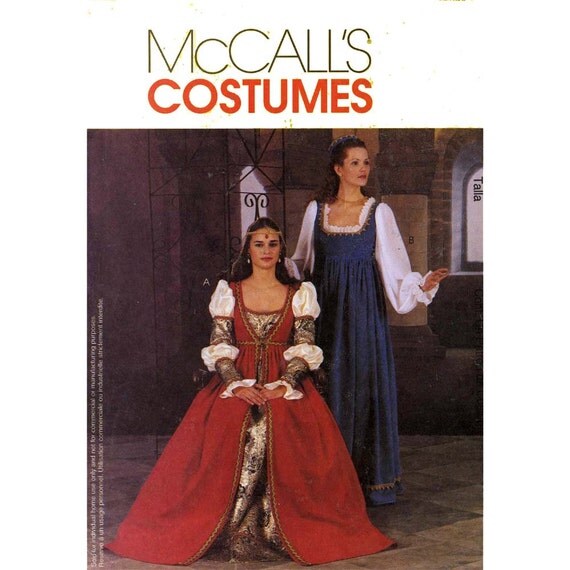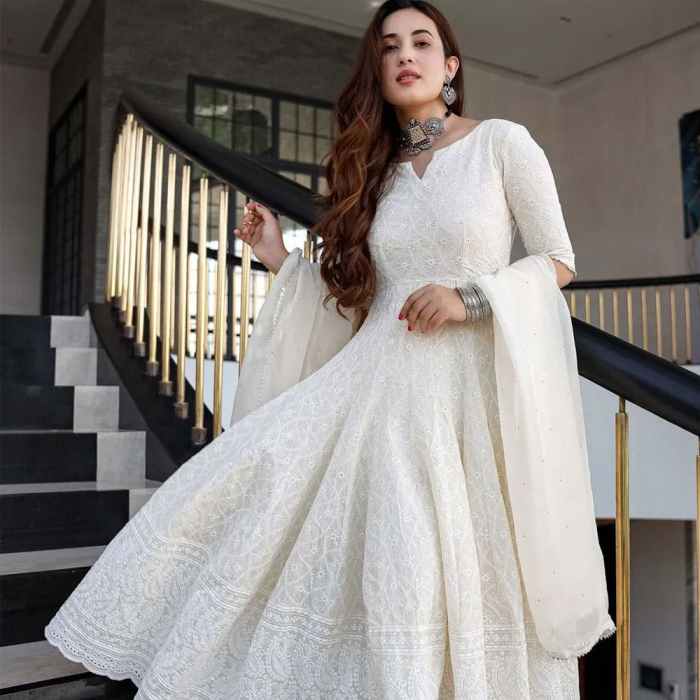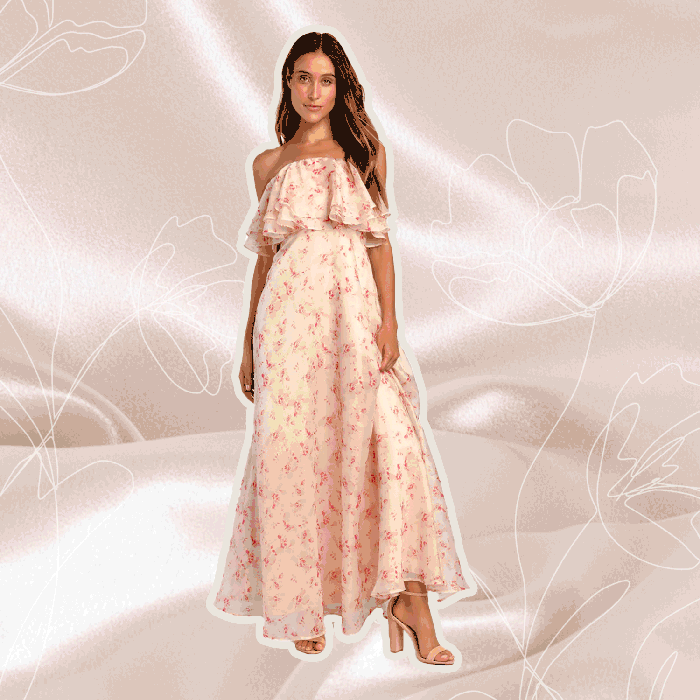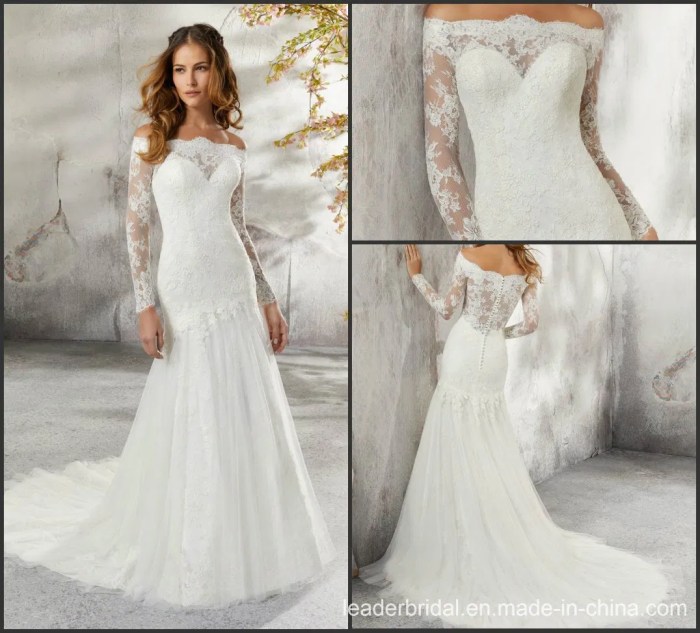Italian Renaissance Wedding Dresses: A Glimpse into History and Style

Source: etsystatic.com
The Italian Renaissance, a period of immense artistic and cultural flourishing, left an indelible mark on various aspects of life, including wedding attire. This exploration delves into the rich history, design elements, materials, and enduring legacy of Italian Renaissance wedding dresses, showcasing their elegance and sophistication.
Historical Context of Italian Renaissance Wedding Attire
Social and economic factors significantly shaped Italian Renaissance wedding dress styles. The burgeoning merchant class, alongside the established aristocracy, influenced the opulence and complexity of these garments. Access to luxurious fabrics and skilled artisans was a key determinant of the elaborate designs. The evolution of fabrics mirrored broader economic trends. Initially, heavier fabrics like wool and linen were common, gradually giving way to the increasing availability and popularity of silk, velvet, and brocade imported from the East and produced within Italy itself.
Symbolically, rich fabrics and intricate designs represented status, wealth, and the couple’s commitment. The use of specific colors also held significance; for example, deep reds symbolized passion and wealth, while gold represented divinity and prosperity. Compared to other European countries, Italian Renaissance wedding dresses often displayed a greater emphasis on rich embellishment and vibrant colors, reflecting the vibrant artistic culture of the Italian peninsula.
Northern European styles tended to be more restrained, influenced by different cultural and religious norms.
Design Elements and Styles
Typical Italian Renaissance wedding dresses featured a variety of silhouettes, necklines, and sleeve styles. These gowns often incorporated elements of the prevailing fashion trends, reflecting the influence of Italian artistic movements. Color played a significant role, with rich jewel tones and gold being favored. Intricate embroidery, often depicting mythological scenes or floral motifs, further enhanced the garments’ splendor.
The use of pearls, precious stones, and metallic threads added to the overall luxurious effect.
| Region | Silhouette | Fabrics | Embellishments |
|---|---|---|---|
| Florence | Fitted bodice, full skirt | Silk velvet, brocade | Gold embroidery, pearls |
| Venice | Loose-fitting, flowing gown | Silk, damask | Lace, jeweled appliqués |
| Rome | Structured bodice, long train | Heavy silk, gold cloth | Intricate needlework, precious stones |
| Naples | Fitted bodice, A-line skirt | Velvet, satin | Embroidered floral motifs, pearls |
Materials and Craftsmanship, Italian renaissance wedding dress
The creation of Italian Renaissance wedding dresses involved a complex process, requiring skilled artisans and high-quality materials. Silk, often imported from the East, was a highly prized fabric, known for its luxurious drape and sheen. Velvet, with its rich texture, and brocade, with its intricate woven patterns, were also favored choices. Elaborate embroidery and embellishments were painstakingly created by hand, using techniques like goldwork, couching, and appliqué.
Masterful seamstresses constructed the gowns, employing meticulous techniques to ensure durability and a flawless finish. The construction included precise seam allowances, intricate closures, and carefully chosen linings to enhance the garment’s drape and comfort.
Accessories and Adornments
A complete Italian Renaissance wedding ensemble included a range of accessories that complemented the gown and enhanced the bride’s overall appearance. Veils, often made of fine silk or linen, were frequently worn, symbolizing purity and modesty. Elaborate headpieces, adorned with pearls, jewels, or feathers, added a touch of elegance and sophistication. Jewelry, including necklaces, earrings, and rings, often featured precious stones and intricate designs, further emphasizing the bride’s status and wealth.
A visual representation of a complete ensemble might include: a gown of deep red velvet with gold embroidery depicting acanthus leaves and floral motifs, a long, flowing silk veil, a jeweled circlet adorned with pearls and emeralds, and a delicate gold necklace with a pendant featuring a carved gemstone. The bride would also wear elegant jeweled earrings and rings, possibly featuring rubies or sapphires, all crafted with meticulous attention to detail.
Influence on Modern Wedding Fashion
The enduring elegance and artistry of Italian Renaissance wedding dresses continue to inspire contemporary designers. The use of luxurious fabrics, intricate embellishments, and structured silhouettes finds echoes in modern designs. The rich color palettes and emphasis on handcrafted details are also frequently incorporated.
Italian Renaissance wedding dresses, with their opulent fabrics and intricate detailing, offer a captivating glimpse into a bygone era of elegance. The rich embroidery and structured silhouettes often draw comparisons to the elaborate artistry found in other cultures’ wedding attire, such as the stunning ensembles showcased on this site dedicated to indian wedding dress for groom and bride.
Returning to the Italian Renaissance style, the emphasis on natural forms and symbolic imagery makes each gown a unique work of art.
- Structured bodices
- Long, flowing trains
- Intricate embroidery and beading
- High necklines or off-the-shoulder styles
- Use of rich fabrics like silk, velvet, and lace
- Incorporation of jewel tones and metallic accents
Quick FAQs
What were common colors used in Italian Renaissance wedding dresses?
Rich, deep colors were favored, including deep reds, golds, and blues, often symbolizing wealth and status. Lighter pastel shades were less common for weddings.
How did the style of Italian Renaissance wedding dresses differ based on social class?
Wealthier brides wore more elaborate gowns with luxurious fabrics and extensive embellishments, while those of lower social standing wore simpler dresses with less ornamentation.
Were there specific regional variations in Italian Renaissance wedding dress styles?
Yes, regional variations existed, reflecting local traditions and access to materials. For example, Venetian gowns might feature different embellishments or fabrics compared to Florentine styles.
What type of undergarments were worn under Italian Renaissance wedding dresses?
Undergarments included chemises, corsets, and farthingales to create the desired silhouette and support the weight of the gown.



